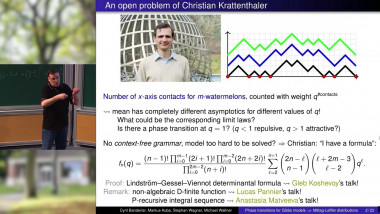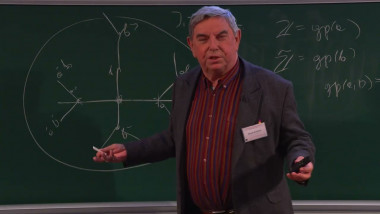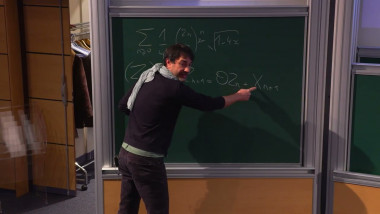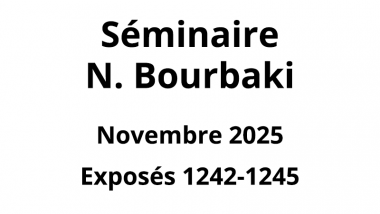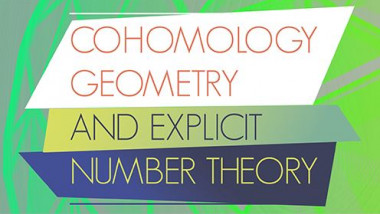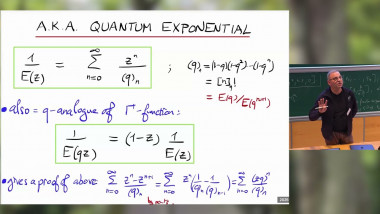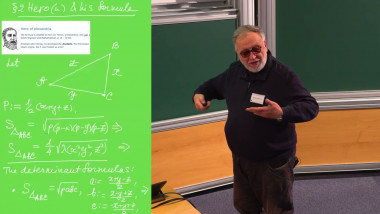Apparaît dans la collection : Christophe Garban : The Berezinskii-Kosterlitz-Thouless (BKT) Phase and its Domain of Attraction
One of the main goals of statistical physics is to study how spins displayed along the lattice $Z^d$ interact together and fluctuate as the temperature changes. When the spins belong to a discrete set (which is the case for example in the celebrated Ising model, where spins $\sigma_x$ take values in $\{-1,+1}$) the nature of the phase transitions which arise as one varies the temperature is now rather well understood. When the spins belong instead to a continuous space (for example the unit circle $S^1$ for the so-called XY model, the unit sphere $S^2$ for the classical Heisenberg model etc.), the nature of the phase transitions differs drastically from the discrete symmetry setting. The case where the (continuous) symmetry is non-Abelian is even more mysterious (especially when $d = 2$) than the Abelian case. In the latter case, Berezinskii, Kosterlitz and Thouless have predicted in the 70's that these spins systems undergo a new type of phase transition in $d = 2$ -- now called the BKT phase transition -- which is caused by a change of behaviour of certain monodromies called "vortices".
In this course, I will give an introduction to this intriguing BKT phase transition.
Lecture 1. Introduction to the Berezinskii-Kosterlitz-Thouless (BKT) phase transition.
Main examples which undergo a BKT phase transition (XY and Villain models on $Z^2$, Coulomb gas, clock models, integer-valued height functions).
Physics explanations of the BKT transition and difference between $S^1$ and $S^2$.
Lecture 2. Mathematical approach to BKT.
Lecture 3. Domain of attraction of the BKT phase.
Lecture 4. Non-linear sigma models and curvature.
